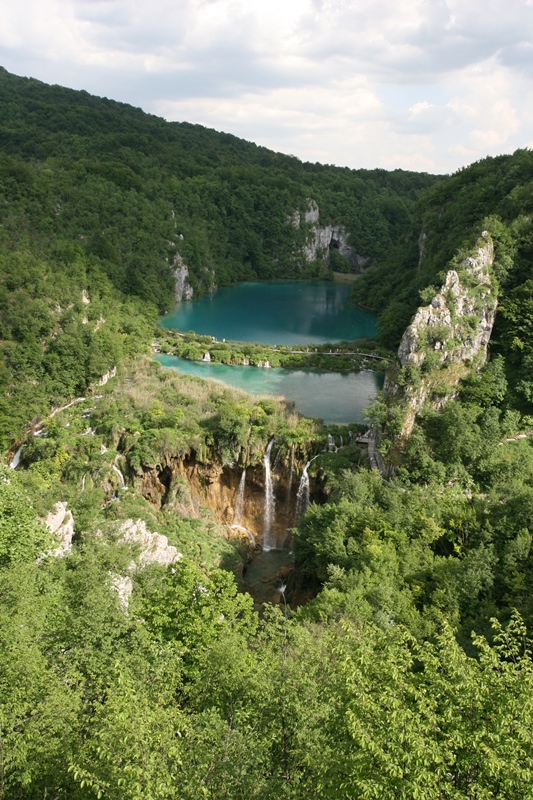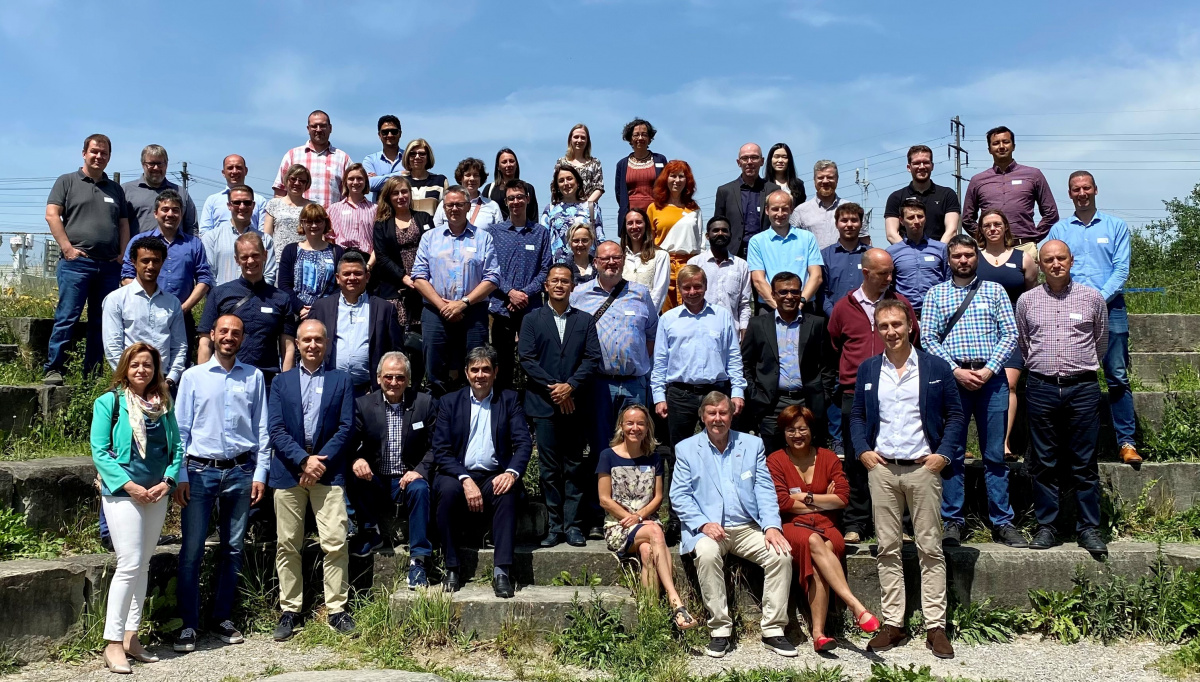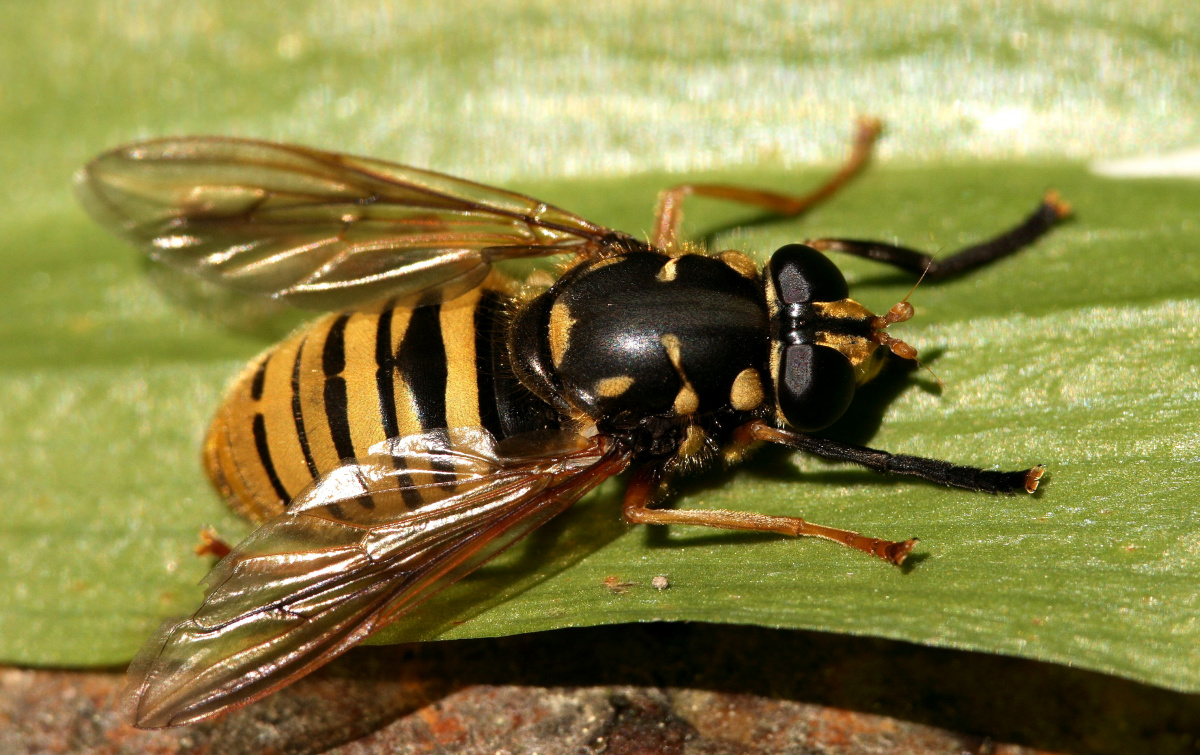Nature conservation systems of South-Eastern Europe
IUCN has released today at the CBD COP14 in Sharm El Sheikh the “State of nature conservation systems in South-Eastern Europe”, a first comprehensive report on institutional arrangements for nature conservation in the region that will serve decision-makers, experts and the donor community to shape and implement nature-related policies and activities.

Plitvice Lakes National Park, Croatia
Photo: IUCN
The publication reviews the health of the national nature conservation systems and their readiness to address national and regional priorities by analysing the main gaps and opportunities in delivering on national and international conservation targets.
“Despite the national specificities, the countries in South-Eastern Europe have much in common when it comes to nature conservation and sustainable development. We at IUCN are committed to supporting the countries in embracing global standards and regional cooperation in nature conservation. We see the creation of shared policies, joint planning, and coordinated activities as a precondition for the region’s sustainable future. A good example of it is the launch of the Biodiversity Task Force in 2017 that gave a strong impetus to regional cooperation in South-Eastern Europe” said Boris Erg, Director of the IUCN Regional Office for Eastern Europe and Central Asia.
Analysing nature conservation systems in Albania, Bosnia and Herzegovina, Croatia, FYR Macedonia, Montenegro, Serbia and Slovenia, this publication provides a critical review of national institutional and legal frameworks for nature conservation, protected area systems, priorities in species conservation, ecological networks and regional initiatives. The report also includes a set of recommendations aimed to strengthen national nature conservation systems and transboundary conservation.
“State of nature conservation systems in South-Eastern Europe” was finalized in cooperation with state authorities and agencies from the region, and based on the contribution of the authors of the national reports, who provided insights into the nature conservation systems in their countries. The report is one of the results the three-year project ‘Towards strengthened conservation planning in South-Eastern Europe’ implemented by IUCN ECARO and funded by the MAVA Foundation.
It is available for download here https://doi.org/10.2305/IUCN.CH.2018.19.en.
Facts and figures related to nature conservation in South-Eastern Europe:
- Terrestrial protected areas in the region cover approximately 8.8% of its land territory.
- The largest surface of protected areas is under IUCN management category V (Protected Landscape/ Seascape).
- The least represented categories are Ib (Wilderness Area), Ia (Strict Nature Reserve) and VI (Protected area with sustainable use of natural resources).
- There are 44 protected areas recognized through the international conventions and/or programmes, including 29 Wetlands of International Importance (Ramsar sites), 4 World Heritage sites, 9 Biosphere Reserves, and 3 UNESCO Global Geoparks.
- One of the richest regions in Europe in biodiversity, it hosts populations of large carnivores such as brown bear (Ursus arctos), wolf (Canis lupus) and lynx (Lynx lynx) and is known for its high rate of endemism.
- There are less than 50 mature individuals of the Critically Endangered (CR) Balkan Lynx in the wild.
- All countries in the SEE region face similar threats to biodiversity, including urbanization and infrastructure development, uncontrolled development of the energy sector (hydropower plants), poaching, and unsustainable nature tourism, to name a few.
- Biodiversity monitoring is generally weak in the region.



